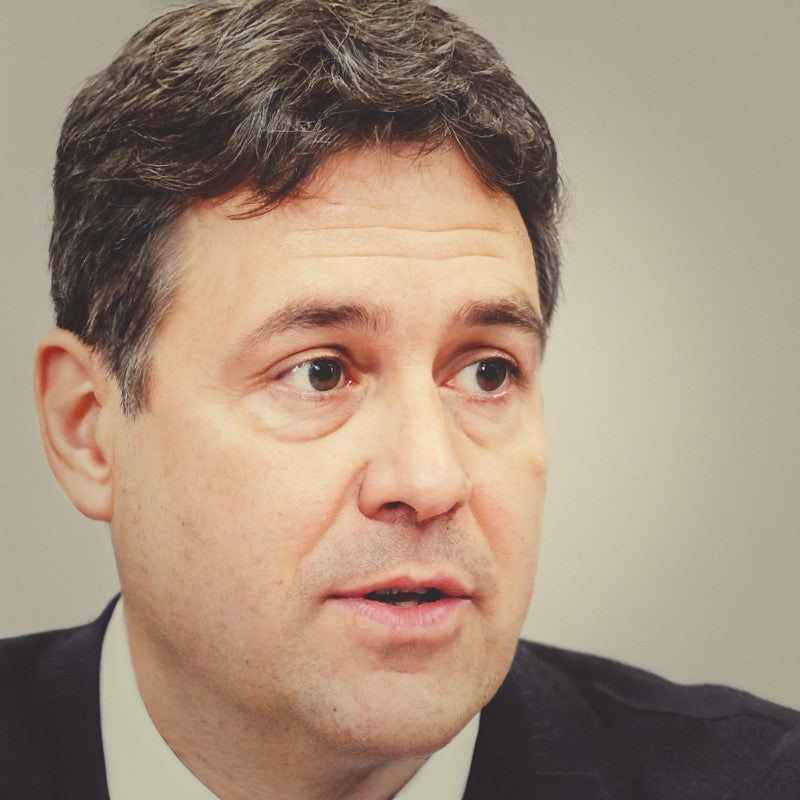Welcome! If you’re here, you’re likely gearing up for an interview at the Higher Executive Officer (HEO) level in the Civil Service. Specifically, you’re preparing to showcase your "Changing and Improving" behavior. This post will walk you through how to approach these questions with confidence.
We’ll cover everything from what this behavior means, how it applies to the HEO level, and exactly how to answer interview questions using the B-STAR method. Let's get started!
What Does "Changing and Improving" Mean at the HEO Level?
Changing and Improving is all about driving continuous improvement in the workplace. It means being proactive in identifying ways to make processes smoother, more efficient, and adaptable to future needs. At the Higher Executive Officer level, this behavior requires the ability to not only suggest changes but to implement them effectively.
At the HEO level, this behavior involves:
🚀 Identifying inefficiencies and proposing innovative solutions.
🚀 Leading small teams to implement changes that improve productivity.
🚀 Understanding broader organizational goals and aligning your improvements to those.
At more junior levels, the focus is more on suggesting improvements, while at HEO, you’ll need to drive and manage change. Your ability to implement solutions and lead others through change is a key difference.
Answering "Changing and Improving" Questions with the B-STAR Method
One of the best ways to structure your answers is by using the B-STAR method. Here’s how it works:
B: Belief – What do you believe about "Changing and Improving"? Why is it important to you? Start your answer by sharing your core belief.
S: Situation – Describe the situation you were in. This sets the stage for your example.
T: Task – Explain the task or challenge you were facing.
A: Action – What action did you take? Focus on what you did, not the team.
R: Result – What was the outcome? How did your actions lead to improvement or positive change?
Example Structure:
"I believe that improving processes is essential to ensure long-term success and efficiency in any organization (Belief). Recently, I noticed our team was using an outdated process for handling client requests (Situation). My task was to streamline this process to reduce the turnaround time (Task). I initiated a project to implement an automated system, trained staff on the new procedure, and closely monitored its adoption (Action). As a result, we reduced response time by 30%, leading to increased customer satisfaction (Result)."
Common "Changing and Improving" Interview Questions
📝 Can you give an example of a time when you identified a process that needed improving? What did you do?
📝 How have you led others through change in the workplace?
📝 Tell me about a time you implemented a new idea that made a positive difference.
📝 Click this link to see more example questions...
What Are Interviewers Looking for in Your Answers?
Here’s what you should aim to demonstrate in your answers for "Changing and Improving":
1. Identifying Opportunities for Improvement
🧐 Interviewers want to see that you can recognize areas where improvement is needed. They’re looking for examples where you identified inefficiencies or areas for growth within your team or organization.
2. Taking Initiative
💡 At the HEO level, they want to see you take ownership. Did you suggest the change? Did you lead the project? They want to know that you don’t just wait for direction but actively seek to improve processes.
3. Leading Through Change
🛠 Leading a team through change is key. The interviewer will want to see your ability to communicate, guide, and support your team as they adapt to new processes or tools.
4. Achieving Measurable Results
📈 The end result matters. What difference did your actions make? Did productivity increase? Did you cut costs? The more specific your results, the better.
Ideas for Scenarios You Can Use
You don’t need to have revolutionized your entire department to have good examples. Here are some ideas for scenarios:
💼 You streamlined an outdated administrative process that was slowing down project completion times.
📊 You implemented a digital tool or software to improve team collaboration or client communication.
🚀 You introduced a feedback mechanism that helped reduce errors in your team's output.
Common Mistakes to Avoid
🔴 Being vague – Your answer should be clear and specific. Avoid general statements like "I always try to improve things."
🔴 Focusing on the team, not yourself – While teamwork is important, make sure to highlight your contributions.
🔴 Ignoring the result – Don’t forget to mention what happened in the end! The interviewer wants to see measurable success or positive outcomes.
🔴 Not linking it to the bigger picture – Show how your improvement aligned with organizational goals or made a significant impact beyond your immediate team.
Key Takeaways for "Changing and Improving" at the HEO Level
Changing and Improving at the Higher Executive Officer level is about more than just suggesting ideas. It's about leading change, improving efficiency, and achieving real results.
🚀 Make sure you demonstrate initiative, leadership, and measurable outcomes.
🚀 Use the B-STAR method to structure your answers.
🚀 Stay clear of common mistakes like being too vague or not focusing on your personal contribution.
Good luck with your interview preparation! You're going to do great! 🎉
Learn more about HEO/SEO Civil Service interviews with our guide...


